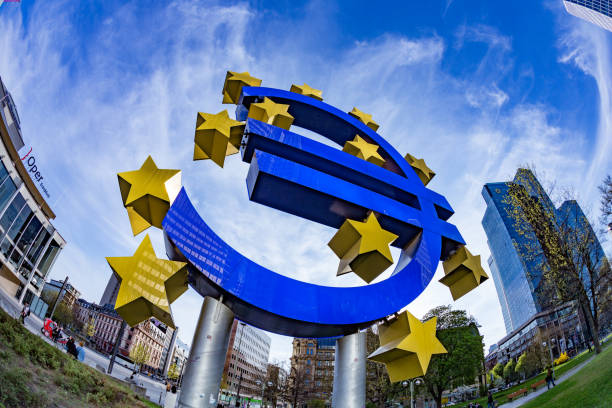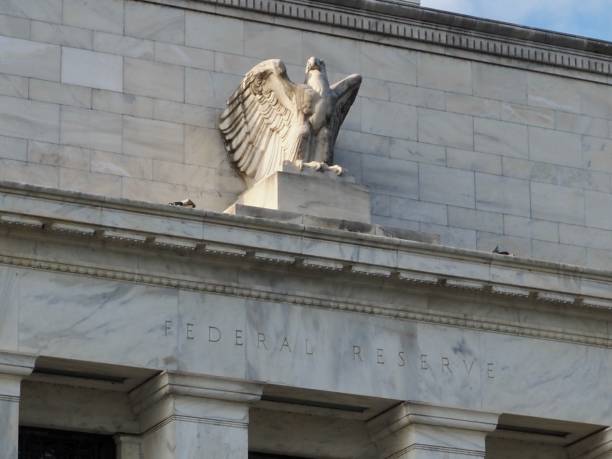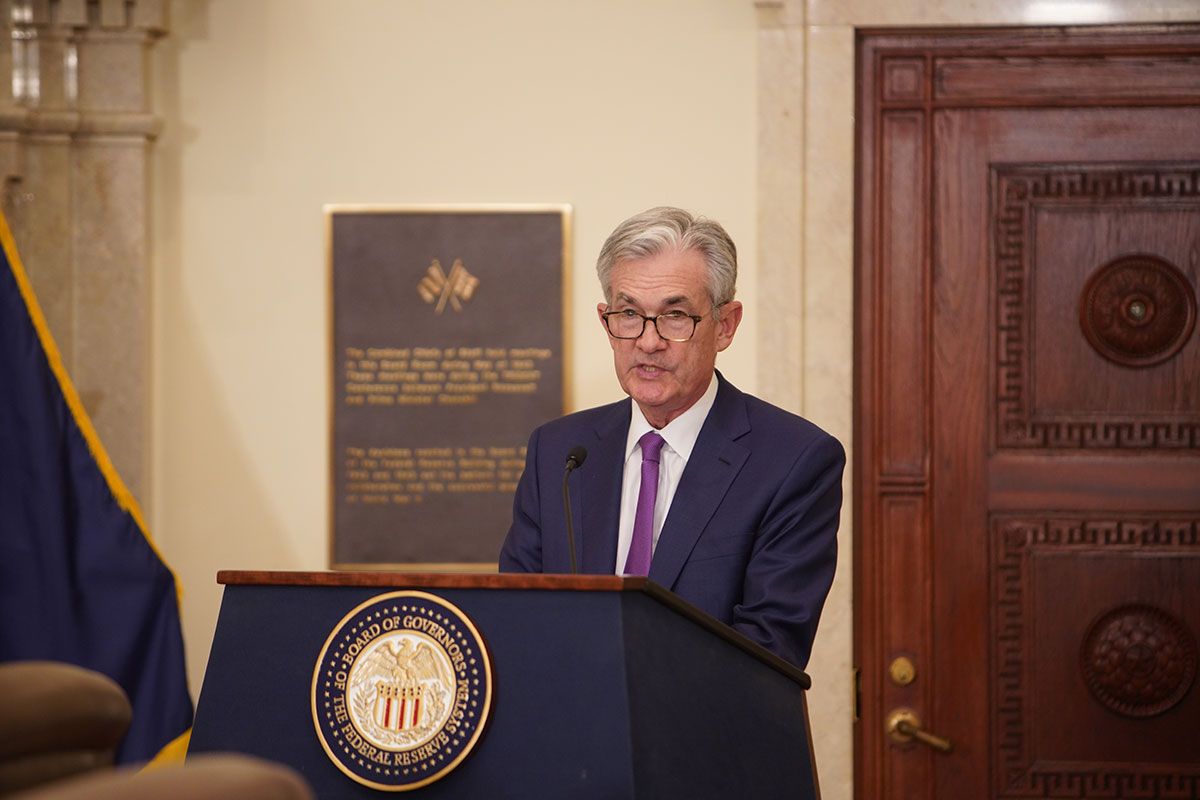US spot ether etfs rebound with $287.6 million inflows after four days of outflows

After four straight days of outflows, US spot Ether ETFs recorded $287.6 million in net inflows on Thursday, per SoSoValue’s data. BlackRock’s iShares Ethereum Trust (ETHA) dominated those inflows, pulling in $233.5 million. Meanwhile, Fidelity’s FETH only added $28.5 million while other Ether ETFs saw modest inflows, averaging about $6 million.
From Aug. 15 through Wednesday, spot Ether ETFs bled over $924 million, making Thursday’s rebound a notable turnaround. Tuesday alone saw $429 million in withdrawals, the month’s second-heaviest outflow after the $465 million on Aug. 4.
Nonetheless, before outflows started on August 15, August 14 ranked the fourth-highest day for spot ETH ETFs since their launch. Even then, BlackRock’s ETHA led with $519.7 million of the total $639.6 million in net inflows recorded that day.
Spot ether ETFs holdings are valued at close to $28 billion
Thursday’s ETF gains pushed cumulative net inflows above $12 billion. Spot Ether ETFs now hold 6.42 million ETH, valued at about $27.66 billion, according to the Strategic ETH Reserve (SER). Also, spot Ether now makes up almost 6% of total Ether circulation.
Meanwhile, corporate treasury reserves and other long-term institutional holdings have reached 4.10 million ETH — equal to about $17.66 billion and about 3.39% of Ether’s cumulative supply, per SER.
Firms, including SharpLink Gaming, have been increasingly making Ethereum purchases. With a fresh $667 million Ether buy on Tuesday, SharpLink Gaming lifted its reserves to over 740,000 ETH worth $3.2 billion.
It now ranks as the second-largest ETH holder among corporates, after Bitmine Immersion Tech’s 1.5 million ETH. However, corporations’ buildup of ETH reserves has drawn community attention, fueling discussions on whether these moves provide meaningful value to the network.
For starters, on Wednesday, a Reddit community member opened a discussion on whether treasury companies accumulating ETH actually strengthen Ethereum. To which one member responded with, “We already have more than enough stakers; adding more does not increase the security of the network. On the contrary, too many stakers slow down attestations, which is why we’ve reduced the rate at which stakers can be added to buy more time until that problem can be solved in some fashion.”
Others countered that corporate accumulation boosts awareness and acts as marketing for the asset, while also driving up Ether’s value and strengthening network security.
One even stated that companies almost certainly stake their ETH holdings, supporting the network. However, another member pushed back, arguing that the network already has “more than enough” stakeholders and that additional ones don’t make a difference.
The ECB is thinking about a digital euro on the Ethereum chain
Ethereum has also reportedly piqued the interest of the European government. As recently reported by Cryptopolitan, the European Union is accelerating its plans for a digital euro as U.S. lawmakers move to cement America’s dominance in crypto. The urgency follows the passage of the GENIUS Act, a sweeping law that provides full legal clarity to the $288 billion stablecoin market, most pegged to the dollar.
The EU reportedly began rethinking its digital euro strategy immediately after the bill cleared Congress. Concern was that the dollar’s influence in the crypto world could become permanent.
European Central Bank officials have been developing the digital euro for years, but the GENIUS Act triggered alarm. One ECB insider noted that the law’s rapid approval “rattled a lot of people,” prompting a chorus of urgency: “Let’s speed up, let’s push.”
The euro was already under global pressure, and this new U.S. legislation heightened the challenge. Initially, the plan was to launch the digital euro on a private, centralized system controlled by the ECB—similar to China’s central bank digital currency. That approach is now only one of several options.
Following the GENIUS Act, EU officials are exploring running the euro on public blockchains, with Ethereum and Solana emerging as potential platforms.
A person close to the discussions told reporters that a public blockchain is “definitely something officials are now taking more seriously.” Another source noted that a private version of the currency would more closely resemble China’s central bank model than the approaches seen from US firms. The comparison drew on China’s privately operated CBDC, as opposed to open, public stablecoins developed by companies including Circle.
Should the EU move ahead, exploring public blockchains like Ethereum would mark a turning point for the digital euro, which still lacks a finalized technical blueprint.
If you're reading this, you’re already ahead. Stay there with our newsletter.





